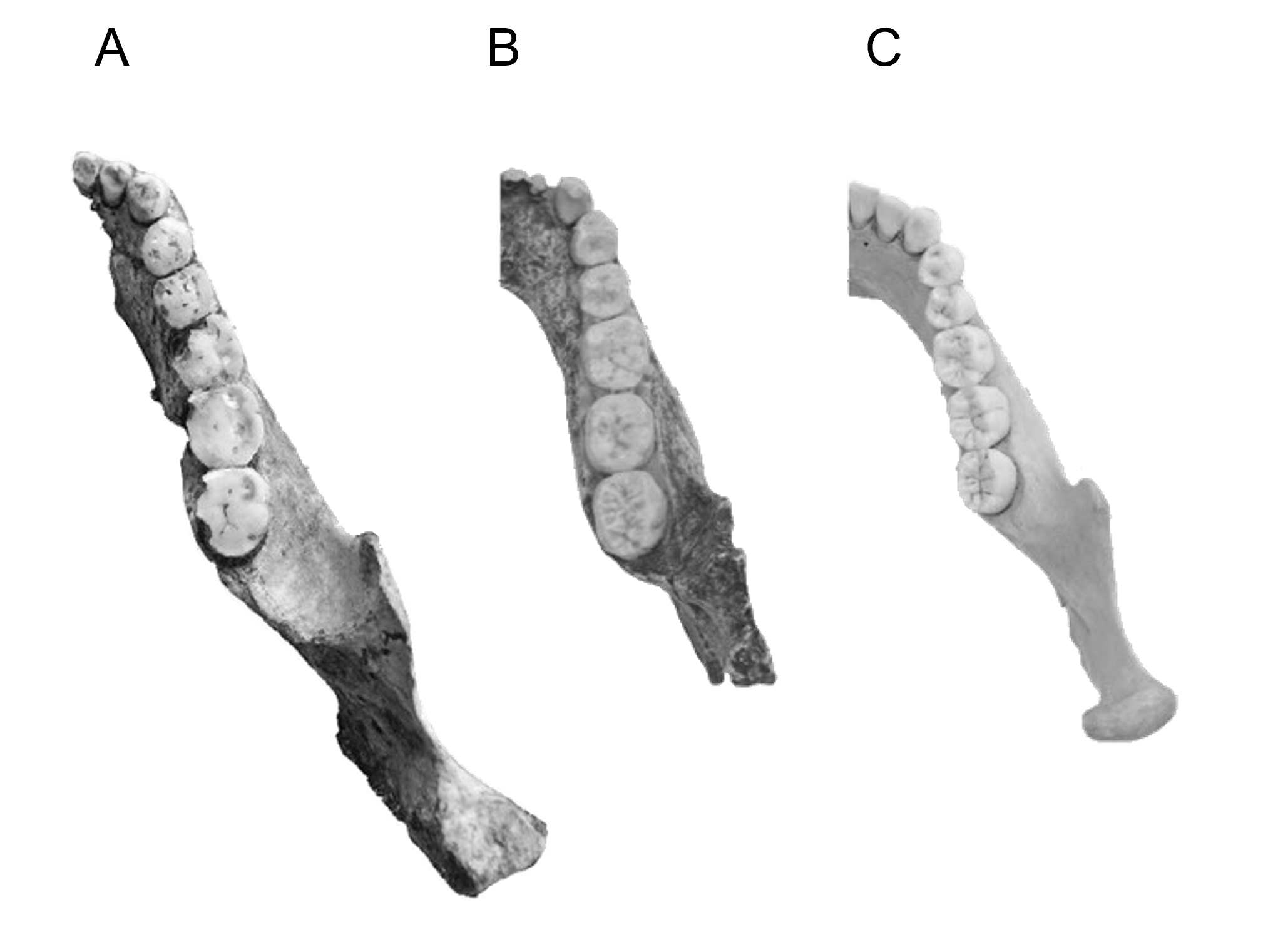The graph below shows the growth of three bacterial species at different partial pressures of oxygen.

Describe the effect of changing oxygen concentration on the growth of the bacterial species.
Identify the metabolic strategy utilised by each of the bacterial species in part (a), in terms of their requirement for oxygen.
All of the bacteria species shown in part (a) can be found on spoiled meat products. One mechanism by which meat products can be preserved is the use of modified atmosphere packaging (MAP). The MAP used to preserve red meat, such as beef, contains around 80 % O2 and 20 % CO2, while the MAP used to preserve chicken is about 20 % O2 and 80 % CO2.
Use the information provided to comment on the factors that need to be considered when designing MAP for different meat products.
Did this page help you?

